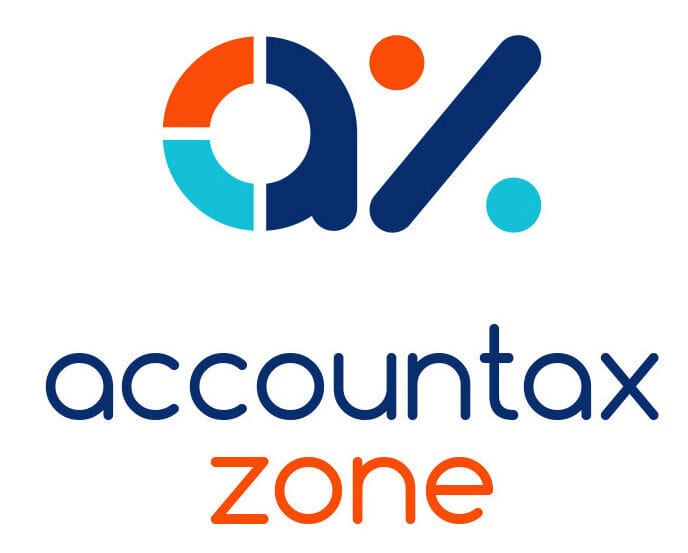The ‘tax gap’ is a phrase that has been around for almost twenty years and refers to the difference between HMRC’s expected tax revenue and the total tax received from all taxpayers. Notably, it is an estimated figure compiled on an annual basis and, although there has been a decline in the ‘tax gap’ amount since first recorded in 2005, when it stood at 7.5%, the reduction to 4.8% in 2021/22 still equates to £35.8 billion in absolute terms.
HMRC uses various methods to compile information on taxpayers from various sources which is loaded into HMRC’s sophisticated computer system named ‘Connect’. ‘Connect’ analyses the information and estimates where any taxpayer may be underdeclaring.
One method can be found on HMRC’s website, being a form that can be completed anonymously should an individual believe another is not paying enough tax or is committing another type of fraud against HMRC. If this information leads to a successful conviction or outcome for HMRC, HMRC may pay a ‘reward’. In 2022/23 HMRC paid out over £509,000 to individuals providing evidence about tax fraud, up from £495,000 in 2021/22 and up 75% from the £290,000 paid out five years ago. The number of ‘whistle-blowers’ recorded in 2022/23 was 14,145. However, the number of qualifying disclosures requiring no further action was 9,839 – this equates to a ‘reward’ of £35.98 for each claimant.
You may also like to read: Employer-provided equipment – Tax implications for employees of working from home
It is arguable that these ‘whistle-blowers’ contact HMRC for the financial reward. Many who reported fraudulent activities were ex-spouses but the vast majority were or are disgruntled employees or ex-employees. Information from individuals often proves invaluable for launching in-depth investigations providing first-hand accounts and sometimes documents that would otherwise be difficult for HMRC to obtain.
Valuable though such ‘whistle-blowers’ may be, even more useful is information coming from sources such as banks, building societies or other financial institutions, with the remainder from tax advisers, accountants, lawyers, estate agents and others, as they are part of the regulated sector under the Proceeds of Crime Act 2002 and the Terrorism Act 2000. Should any of these sources suspect a customer/client might be involved in money laundering or terrorist financing, they are obliged to alert the Financial Intelligence Unit (FIU).
The FIU receives more than 850,000 ‘suspicious activity reports’ (SARs) a year which are stored on a secure central database, currently holding over two million SARs. Unsurprisingly approximately 65% of SARs were filed by banks in the tax year 2022/23, with only 5,961 (0.69%) being submitted by accountants.. SARs data is automatically transferred to HMRC’s Connect database every month which uses a mathematical technique known as ‘social network analysis’ to analyse previously unrelated information to detect networks of relationships and it has been estimated that one in four HMRC investigation cases have been triggered by a SAR.
One of the more recent changes aimed at strengthening HMRC’s work in this area is the tightening of regulations, centring on trade via digital platforms. It is reported that Google Street View is used to identify property renovations and extensions which may not tally with the individual’s level of income, for example.
As of 1 January 2024, apps and websites such as Etsy, Airbnb and Uber are required to record details of their users’ income (amongst other data) and report to HMRC on a regular basis as part of a global effort to clamp down on tax evaders. HMRC will be reviewing data going back to 2017/18.
Despite the increase in sources being obliged to report, it is data held by other government departments such as the Land Registry and DVLA that remain the most important and lucrative source of HMRC’s information, e.g. in 2022/23 it was discovered that 5,429 landlords had not declared or had underdeclared rental income.
Partner note:
Whistleblowing Prescribed Person Report 2022 to 2023
HMRC consultation Response December 2016: ‘Tackling the hidden economy: Extension of data-gathering powers to Money Service Businesses’










